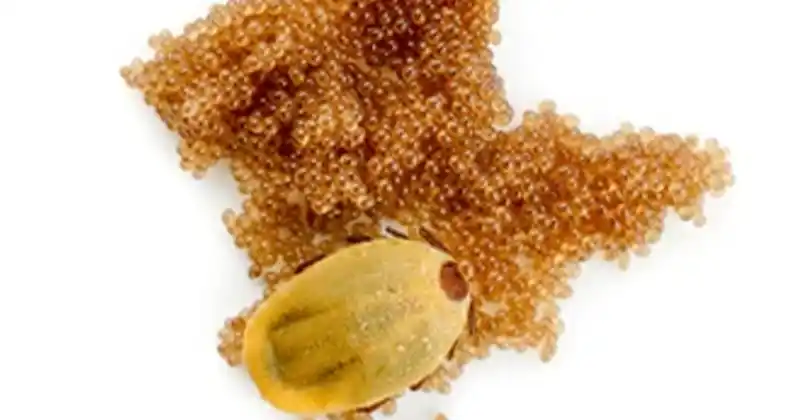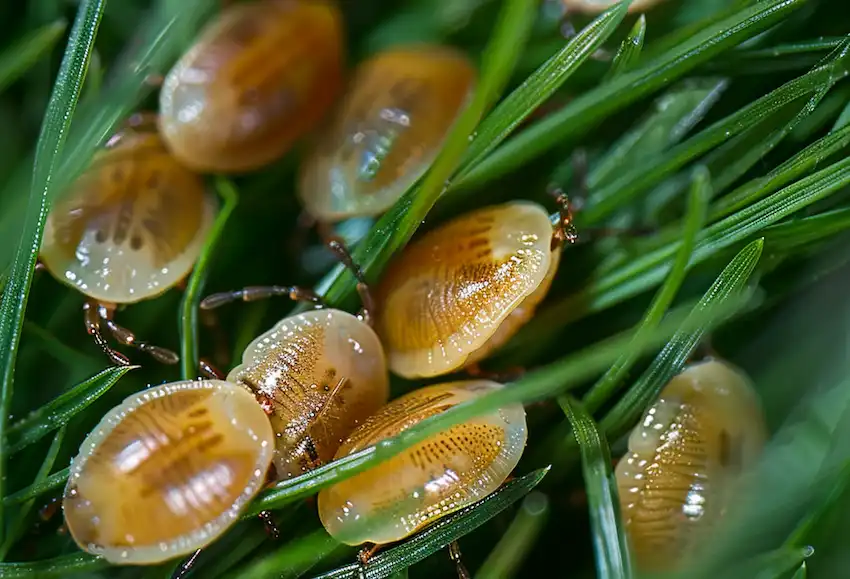Finding tick eggs in your backyard is a serious issue that requires immediate action. Ticks are known carriers of dangerous diseases, and their eggs, often hidden in sheltered outdoor spots, can lead to a full-blown infestation if not handled properly. This guide will help you identify, manage, and prevent tick eggs to keep your outdoor spaces safe.
Tick eggs are incredibly small, about the size of a poppy seed, and usually have an oval or pear-like shape. They often appear translucent or slightly whitish, though their color can vary depending on the tick species. These eggs are typically laid in clusters and attached to surfaces like vegetation or leaf litter near the ground. As they develop, they may become more opaque and take on a color similar to the adult ticks of their species. Their smooth, glossy texture and pale yellow to light brown hues make them somewhat distinctive.

The real danger of tick eggs lies in their potential to hatch into larvae, which can carry diseases such as Lyme disease and Rocky Mountain Spotted Fever. This is why it’s crucial to handle tick eggs carefully and take steps to eliminate them. If you find tick eggs, it’s best to consult a pest control professional or veterinarian for proper identification and removal advice. For ticks already attached to skin, use fine-tipped tweezers to grasp the tick near its head and pull it out gently without twisting. Once removed, dispose of the tick by placing it in alcohol, sealing it in a bag, or flushing it down the toilet.

Preventing tick infestations starts with making your backyard less inviting to ticks. Remove plants that attract deer, such as tulips and hostas, as deer ticks are common carriers of Lyme disease. Instead, plant tick-repelling herbs like mint and rosemary or flowers like chrysanthemums. Regular lawn maintenance, such as mowing and clearing brush, can also reduce tick habitats. Keep woodpiles elevated and away from your home, as ticks prefer dark, moist environments. Discourage small animals like rodents by maintaining stone walls and avoiding bird feeders that might attract them.
Natural repellents like cedarwood oil, neem oil, and diatomaceous earth can help keep ticks at bay. Tick tubes are another effective, chemical-free option for controlling tick populations. Incorporating rough textures like lava rock or pebble mulch in garden beds can make the area less appealing to ticks. Consider creating lawn-free zones using hardscaping to further reduce tick-friendly spaces. If necessary, use insecticides like synthetic pyrethroids or natural alternatives like cedar oil, but always apply them carefully and as a last resort.


